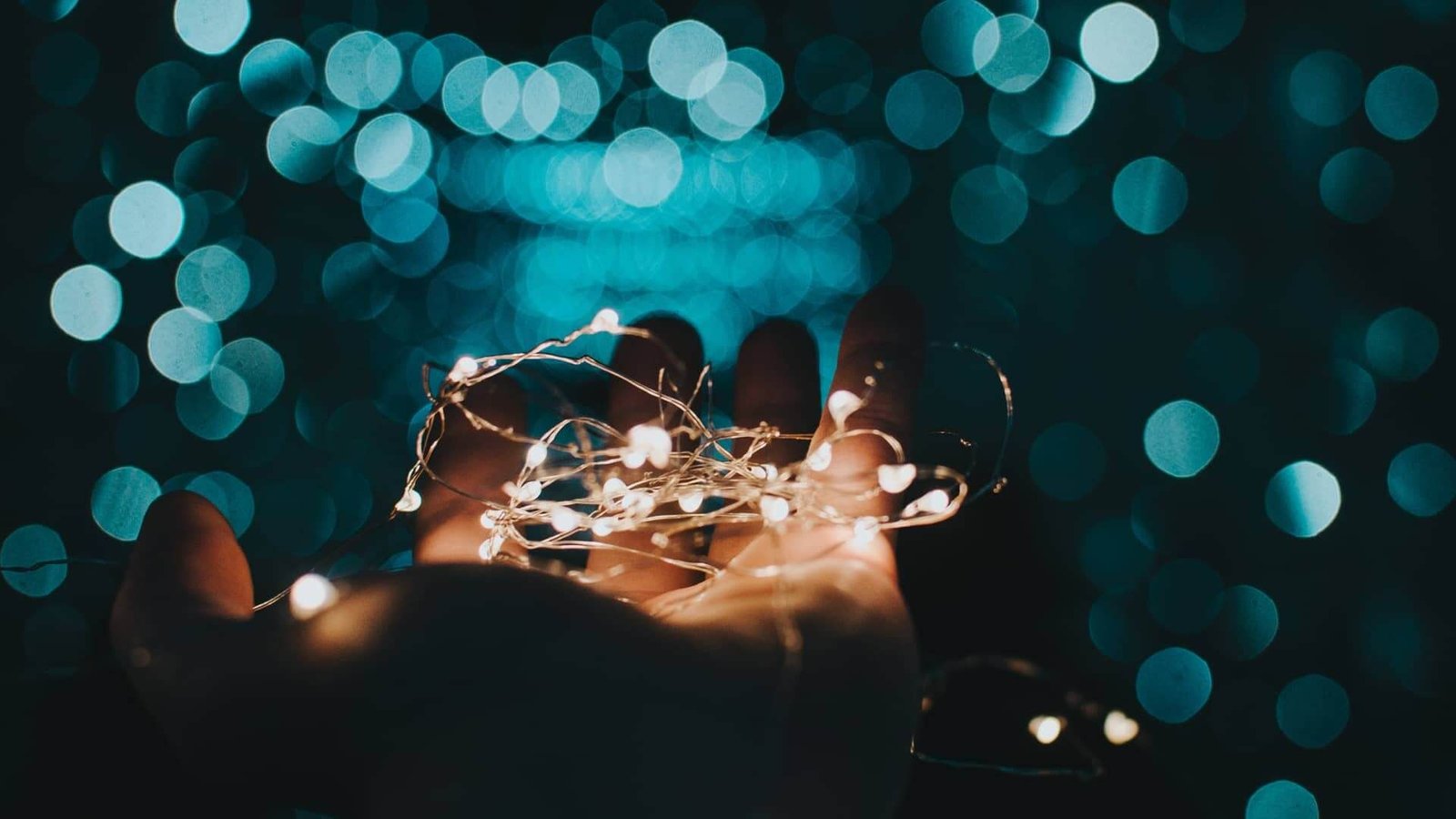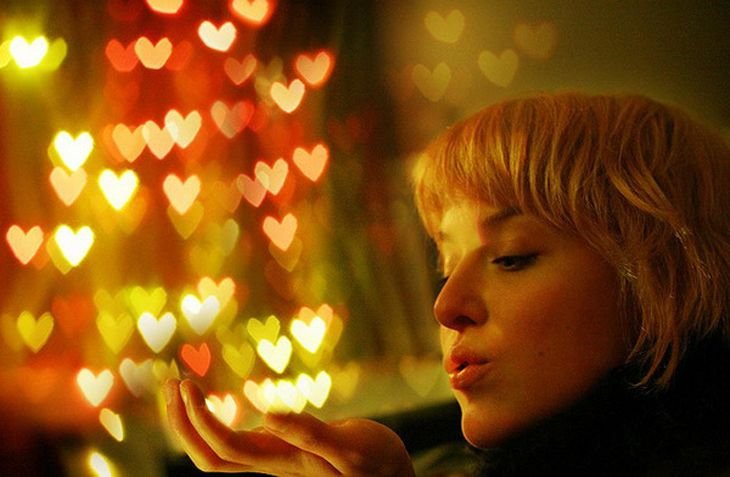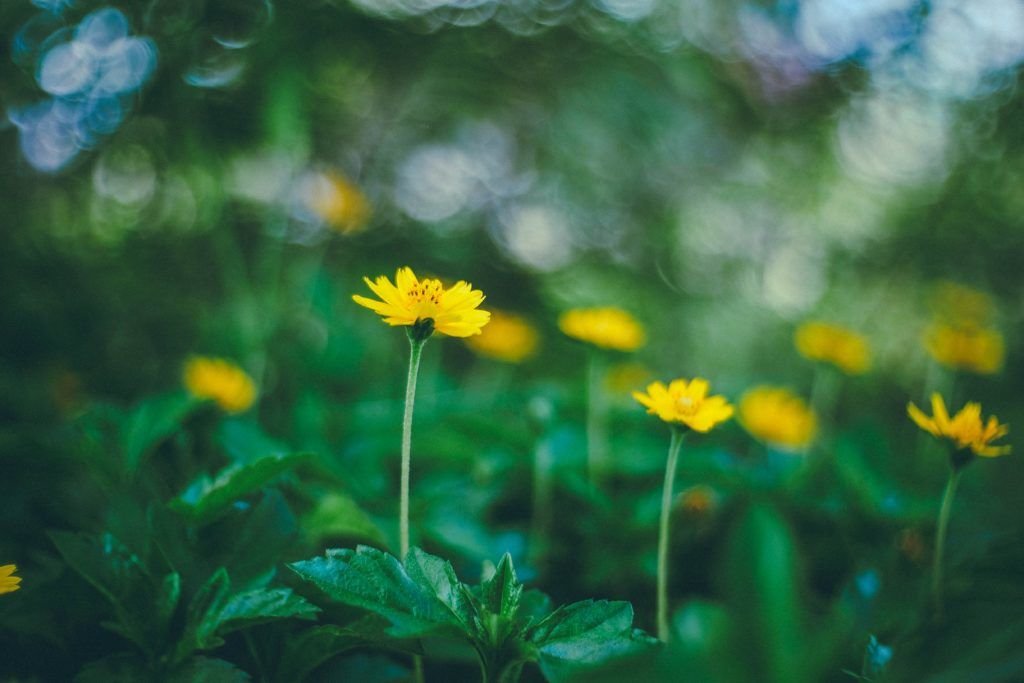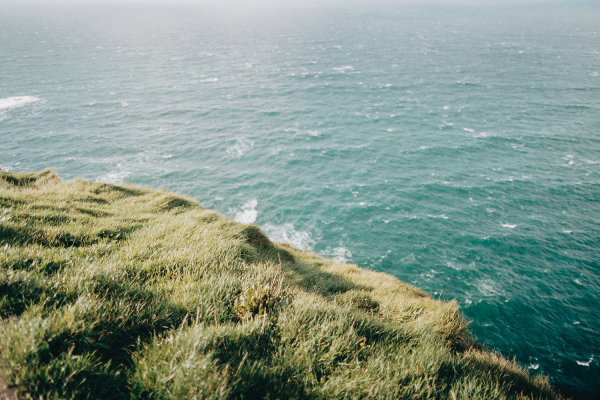Key Takeaways
Bokeh refers to the quality of out-of-focus areas in a photo, creating a pleasing or aesthetic blur.
To achieve bokeh, use a lens with a wide maximum aperture, like f/2.8 or wider.
The distance between your subject and the background, as well as the distance between your camera and the subject, greatly affects bokeh quality.
Aperture settings are crucial; a wider aperture (a lower f-number) creates more pronounced bokeh.
Even beginners can create stunning bokeh with the right techniques and practice.
The Definition of Bokeh
Bokeh originates from the Japanese word “boke,” which translates to “blur” or “haze.” In the realm of photography, bokeh refers to the visual appeal of the blur found in the unfocused areas of an image. This type of blur is not just random; it is deliberately created to bring depth and personality to photographs. When utilized effectively, the bokeh effect can elevate a basic picture into a masterpiece, with the main subject being sharply in focus against a delicately blurred backdrop.

Photo by https://www.studiobinder.com/blog/
Why Bokeh Adds Depth to Photographs
Think of bokeh as a stage for your subject. Just as a spotlight in a theater draws your attention to the actor, bokeh shines a visual spotlight on your subject. It separates the main elements from the background, reducing distractions and emphasizing what’s important. This selective focus can evoke emotions and tell a story, all with the interplay of sharpness and softness.
Selecting the Right Lens for Bokeh
The lens you choose is your first step towards achieving stunning bokeh. Like Meniscus Lens. Here’s a straightforward rule: lenses with a wide maximum aperture create better bokeh. Why? Because they allow you to narrow the depth of field, which makes the background blur more pronounced. Here are some tips for selecting a lens:
Opt for lenses with a maximum aperture of f/2.8 or wider. Prime lenses often offer wider apertures than zoom lenses.
Consider the number of aperture blades. More blades usually mean a rounder aperture, which leads to a smoother bokeh.
Look for lenses known for their bokeh quality by reading reviews or asking fellow photographers for reco mmendations.
And remember, you don’t need the most expensive lens to start creating bokeh. Even a budget-friendly 50mm f/1.8 lens can work wonders.
The Role of Aperture in Creating Bokeh
A wide aperture (a low f-number) lets in more light and narrows your depth of field, which is exactly what you want for bokeh. Here’s how you can think about it:
A wide aperture (e.g., f/1.8) will give you a shallow depth of field and more bokeh.
A narrow aperture (e.g., f/8) will give you a deep depth of field with more of the scene in focus and less bokeh.
So, for bokeh, aim to use the widest aperture your lens allows. But keep in mind that the widest aperture might not always give you the best sharpness for your subject, so find a balance that works for your scene.
Adjusting Camera Settings for Optimal Bokeh
To start, set your camera to Aperture Priority mode (often represented as ‘A’ or ‘Av’ on the mode dial). This allows you to control the aperture while the camera automatically selects the shutter speed. Aim for the lowest f-number your lens can handle, which is the key to that desirable background blur. But, be mindful of the light conditions and the depth of field required to keep your subject in focus.
It’s also vital to understand your lens’s ‘sweet spot’, which is often a couple of stops down from the widest aperture. This is where your lens is sharpest, and you’ll get a nice balance between a blurred background and a crisp subject.

Photo by https://lassho.edu.vn/
Light Conditions for Enhancing Bokeh
Light plays a significant role in the appearance of bokeh. For example, point light sources like streetlights or candles in the background can transform into beautiful orbs of light. The golden hours of sunrise and sunset provide a soft, diffused light that’s ideal for bokeh. If you’re shooting indoors, try positioning your subject near a window where natural light can help create a beautiful effect.
Don’t be afraid to move around. Sometimes, shifting your position slightly can change the way the light interacts with your subject and the background, enhancing the bokeh effect. Experiment with different angles and perspectives. Get down low or shoot from above. Each new angle offers a fresh take on bokeh, and you might be surprised by what you discover.
Creative Use of Bokeh in Composition
Bokeh doesn’t just have to be a background element. It can play a leading role in your composition. For more on this, explore our guide on folding camera focus techniques.
Use bokeh to frame your subject, drawing the viewer’s eye directly to the point of interest.
Introduce colorful lights or reflective materials in the background to create vivid bokeh shapes.
Play with foreground bokeh by placing translucent materials close to the lens.
Beauty of Bokeh
The beauty of bokeh is that it’s both a science and an art. The more you play with it, the more you’ll understand how to use it to tell your visual stories.
Seek out different light sources and observe how they affect bokeh.
Change your perspective frequently to discover new and exciting bokeh compositions.
Remember to review your photos critically to learn what works and what doesn’t.
Most importantly, have fun with it. Bokeh is a fantastic way to add a professional touch to your photos, and with a bit of practice, you’ll be creating images that capture the imagination and stand out from the crowd. So grab your camera, find some light, and start exploring the wonderful world of bokeh photography.

Frequently Asked Questions (FAQ)
Can Bokeh Be Achieved with Any Camera?
While some cameras and lenses are better suited for creating bokeh, the effect can be achieved with almost any camera that allows you to adjust the aperture. Even entry-level DSLRs or mirrorless cameras with a standard kit lens can produce bokeh if you use the widest aperture available and position your subject correctly.
Is Bokeh Possible in Daylight Conditions?
Yes, bokeh can be achieved in daylight conditions, especially when using a lens with a wide aperture. However, because of the abundance of light, you may need to use a neutral density filter to prevent overexposure while maintaining a wide aperture.




Leave a Reply